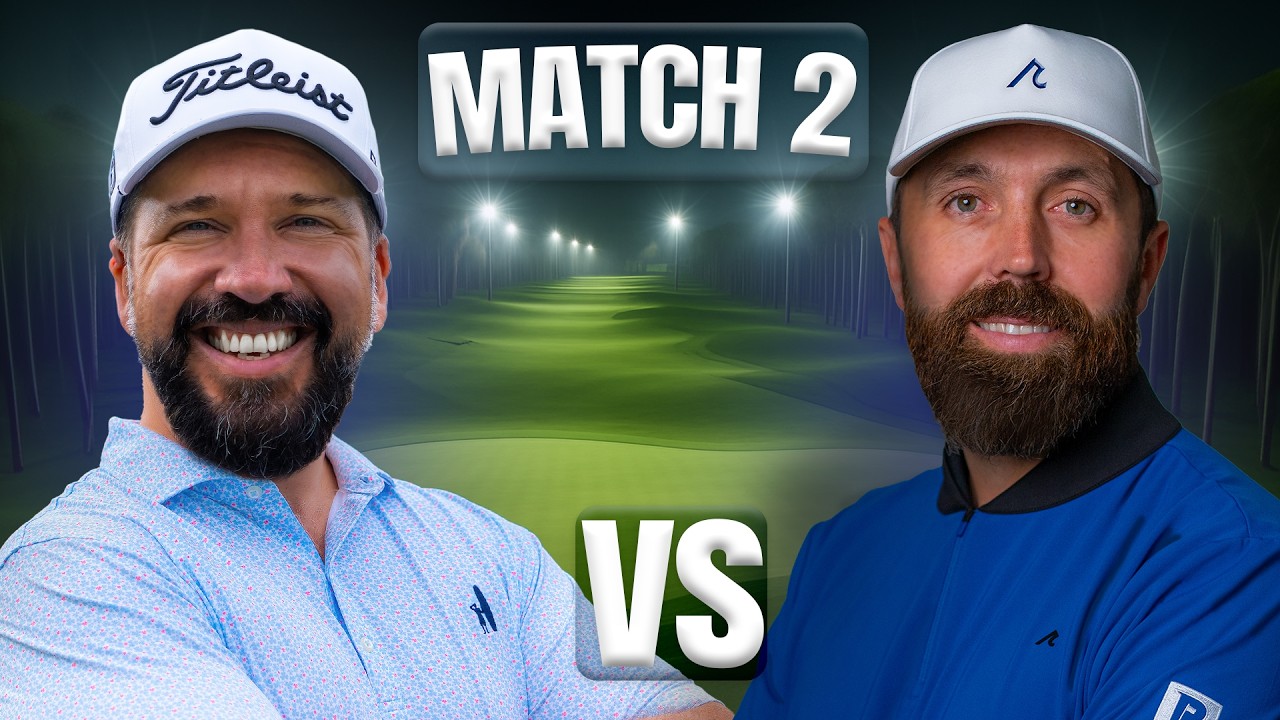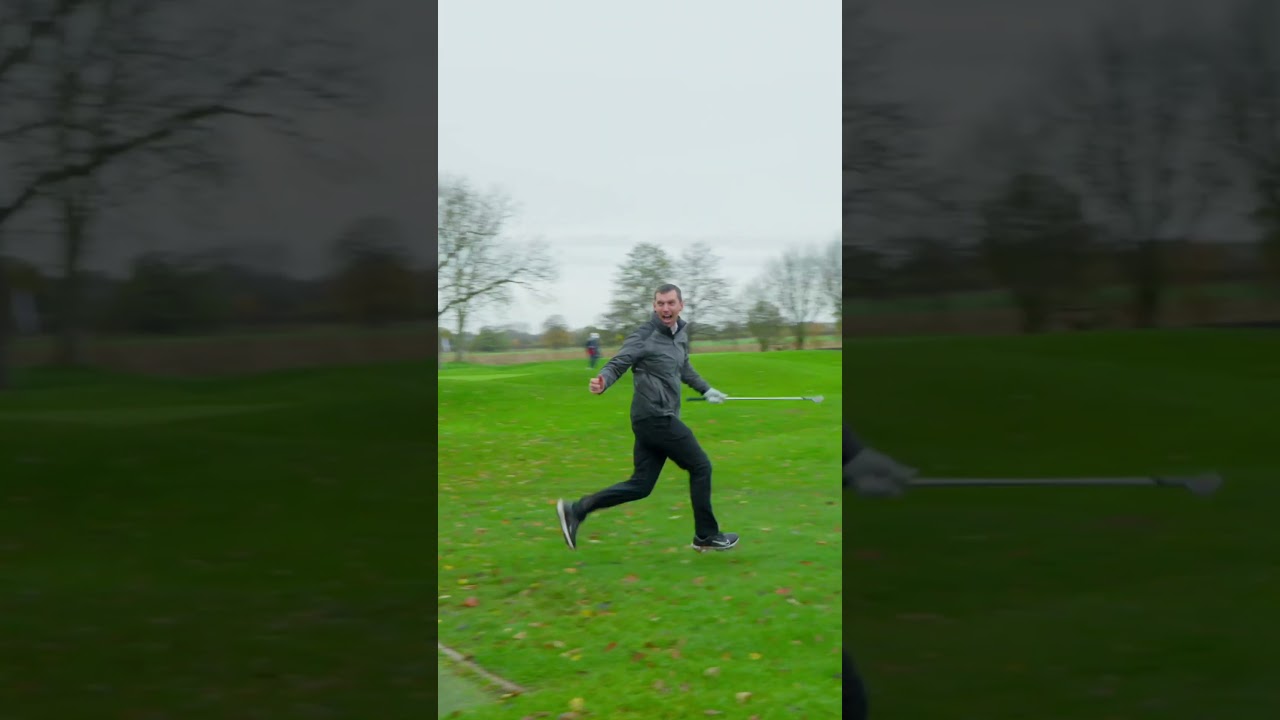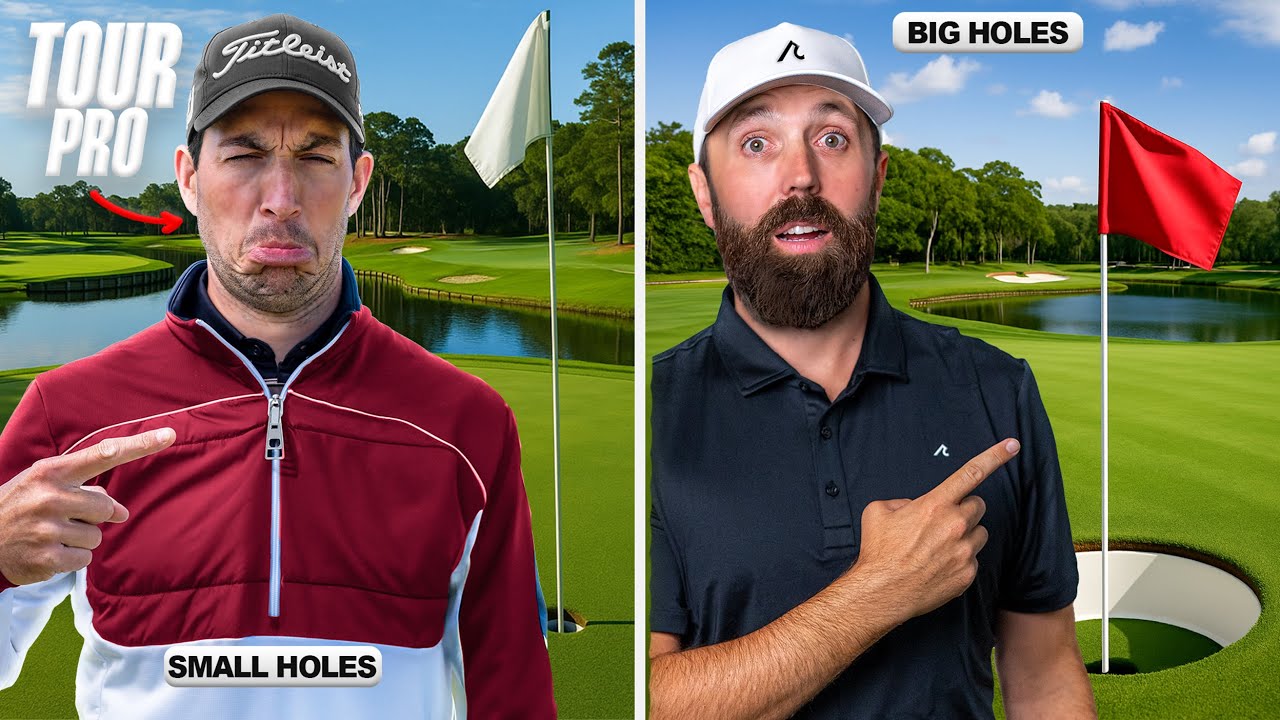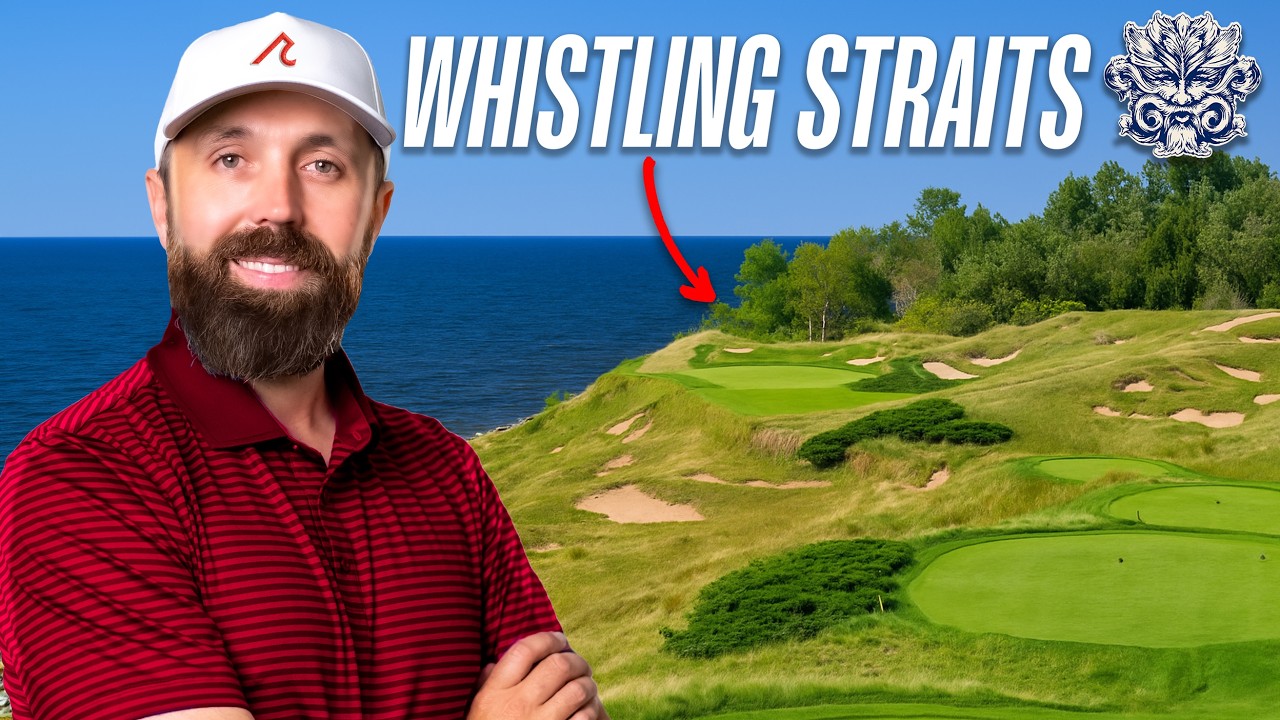Hi my name's Rick shields down here at truffle girl Center in Manchester and today.
We have got a battle of the Callaway's. But not the battle that you've probably expected this is from the 1997 Callaway warbird great big bertha one of the first titanium drivers against this year's X hot Callaway XR what we're going to kind of look up today.
Is the distances between. And which one's kind of are we getting a massive amount of advantage now using this latest technology we have brands that are coming out saying we're hitting it 10 yards. For the 17 yards further all this all this million miles further well let's put it to the test we've got 16 years between these two golf clubs so this should be a lot of difference between them both the RNA recently have done a test in 1996 that a review on handicapped golfers and the average distance that they were they are driving the golf ball. And for a club golf it's about 200 yards they did it last year in 2012. And that had jumped just 8 yards there's now 208 yards the average distance now that's not really that big of a jump considering all the latest bits of technology all the things that we've been researching on the side of the golf club the interesting thing is in in 1996 20-plus handicappers only 55% of them were actually even using drivers we're now 20 odd handicappers it's gone up to 90 odd percent. So most people are using drivers now obviously because they're considerably bigger. But the thing is they're starting to use these a lot more maybe it's more of a marketing up boy that people start to use drivers. But have they changed much so the spec on these two bad boys we've got a minister spec as I count this is a nine degree. And this is nine point five. So I couldn't get the nine degree color I don't tend to do it anymore. But got the nine degree in the warbird here head size this is really interesting this is 250 CC. And this is now 460cc. So it's a massive difference in head size and you can really appreciate that when you set up behind the ball I have to use I've just been hitting a few of these in the tester when using different tea heights as well because obviously with the shallowness of the face that doesn't allow me to it off the big tee anymore lengthwise the Calloway the new Callaway's about an inch longer interesting the other cut very similar grips whether this is the original grip I'm not 100%. But it it certainly looks like it's still in keeping with the golf club so the new callaway is a little bit longer. So again that's another way of them being able to produce more power more club head speed to hit the ball further so I'm going to get it on flight scope I'm going to hit some real golf balls I'm going to whiz through the next.
Kind of few shots what I'm going to try. And get is five very very similar golf shots from each Club that way the results are going to be the best most accurate results that I can provide to you guys. And then.
We'll look at the flight scope data at the end and see which of these two Callaway's is the longest if it's not this from there's going to be words to say if it's not the exit I've been really surprised. Or I want to see kind of what the difference is if there is a difference is it 20 30 40 yards what's your predictions now think about what how far you'd expect the technology to of God in such a length of time. And then.
We'll have a look at the figures and see how close your words you so here we have the figures of the Callaway great Big Bertha first I'm going to do the old school one first off now what's interesting here we see the ballast left-hand column 243 yards average carry that's where real golf balls down here at Manchester sits normal kind of day I would say I probably hit the ball a little bit further than that normally on an average day. But as the temperature drops and talks up that distance starts to drop a fraction as we go across it's rolled out then.
2 to 5 1 106 club head speed was the average club head speed which is very interesting because that's normally a little bit lower than what I would normally get. So whether the shaft quality represents out a little bit as well smash factor now I've got smash factor is one point four four. So I was hitting them fairly nicely I. So I kind of hand-picked most them to get the fairest comparison that color Chalmers use the best most similar smash flaps in the most similar club head speed and all the rest of figures look good to nine spin rate 13.4 vertical launch angle but for an old 16 year old Club - four threes not too far away if we look at the new one the XR so this has gone 248 yards it's just the five-yard gap between the two can you believe that all that technology has only move the ball five yards further now it's rolled out a little bit further to five nine what is interesting though. And this column just here is that that's what bad speed is massively increased now whether that's the length of the golf club. And the the technology of the shaft whether it's a bit lighter that's gone certainly a lot longer my interest in my smash factor has got a little bit further down so it's gone down to one point four one and what I found with these ones is that if even if I didn't quite find out the middle it took me less shots to hand pick five with the color exit there's no question about it taught me. And probably all straight the first five it taught me and spin rate a little bit higher than that and pretty much the rest of the figures look pretty good if we look at the ball flight this is the ball flight of the I'll do the great Big Bertha first you can see dispersion is a bit all over the show as you would imagine. And so I've got straight ones left one's a little couple of right ones and quite mixed ball flights really we're on the X hot you can see there how much more consistent the ball flights are. So that's another big thing that where the the technology is moved on I said this is not just a test to test distance this is. For accuracy forgiveness giving us the whole idea of the shots if we look at the dispersion this is a very interesting one the Callaway a great big berth this person was at 13. Or 19 yard where the Callaway excite is only at 9. So the dispersion was much tighter with the axe of the new one. So even though the distances haven't really increased much certainly that the easiness of hit the accuracy with the new ones is much more advanced. And but for considering that I bought the Callaway Big Bertha for 15 pound out the shop it was in the bar get been it's not a bad little purchase compared to some of the two 300 drivers are out currently. So we've seen the figures and unbelievable how little difference with our between these two golf clubs we've got 16 years of technology it's moved on and the ball is only carrying five yards further just five yards with the new X up no question it is easier to hit there's no question about that sometimes it hits it quite as middled. And I think gets punished whereas the great Big Bertha was harder to hit there's no question about one other thing that was very interesting that test. And we've seen the results a minute ago is that I was only gaining about 106 miles per hour club head speed with the Big Bertha. Yet with the X I was near to 112. So whether that extra kind of inch or so and maybe a little bit lighter possibly gives me that extra bit of club head speed quite possibly so but for all that technology all we've done is we've made it a little bit more forgiving generated multiple bed speed by making it a bit longer. And a bit lighter and therefore. the balls gone five yards further on carry and probably about five or six yards further on roll as well just seen on the test there on the X that did seem to roll out a little bit further. For whatever reason it didn't launch any different so whether the technology's made that to be fair the spin was very similar as well. So I might just did the flight Scott reading as I was getting off those two. But unbelievable how little gap there is between these two golf clubs. So the RNA test that's been happening recently isn't as much isn't false it's absolutely spot-on we've seen an eight-yard increase in average dish and we've seen technology not really advanced up too much so the question I can oppose down is is what's going to move the game forward I'd love to see the same test let's say you take the same group of 10 people in 1996. And brought them to future give 5 of them new equipment new technology and give five of them golf lessons and run and parallel to each other and see which of those two would improve the best now I'm massively biased on this and you imagine I would imagine 100% of the 5 golfers that were taking golf lessons to that length of time. And using maybe even old technology would be out driving the 5 that just didn't take golf lessons but kept in changing their technology to the newest and greatest and latest and 10 yards to the 17 yards for however. far it's going to be. So really interesting test there guys I hope you enjoyed that please do check me out on Facebook Twitter subscribe to the channel the more subscribers I get the more videos I'll do. But loads of tips hints I've got loads of reviews there as well thanks very much for watching member.


























